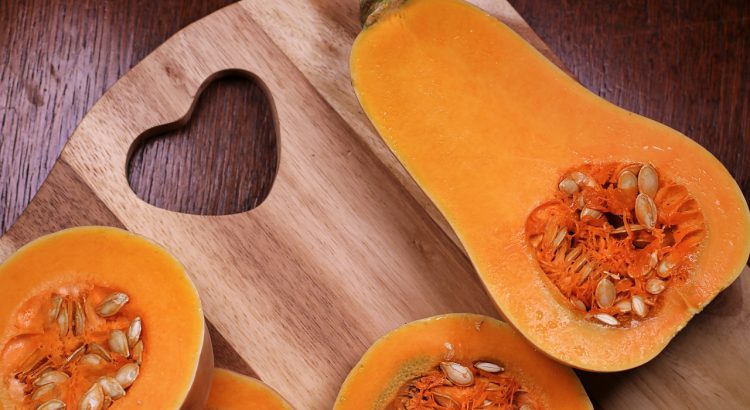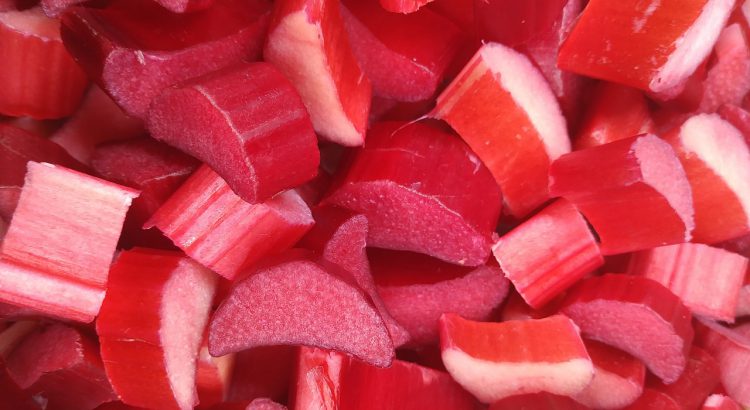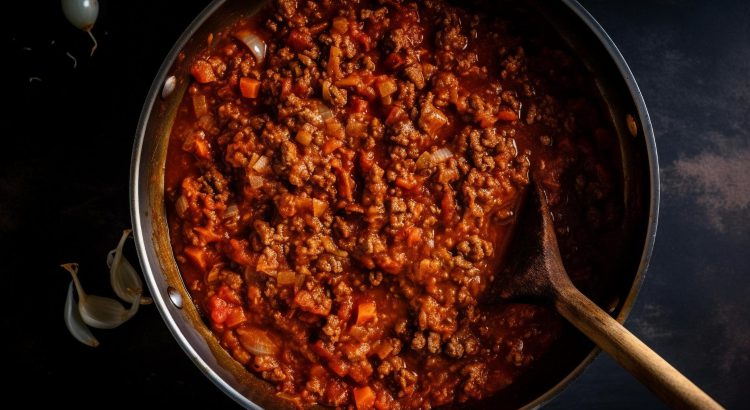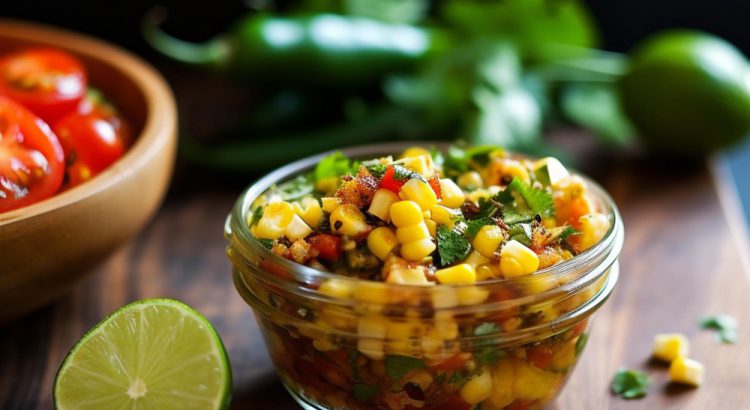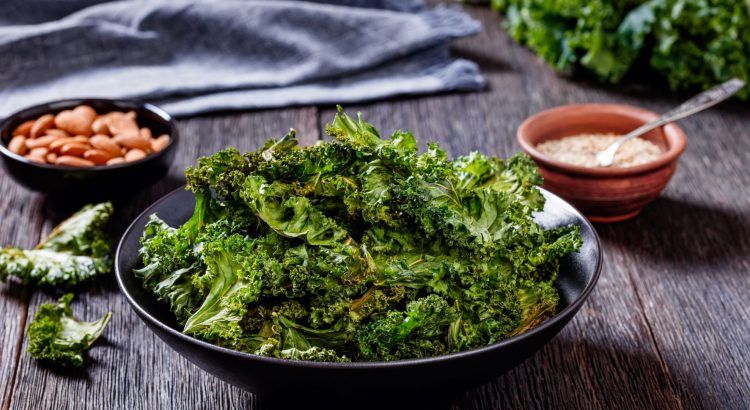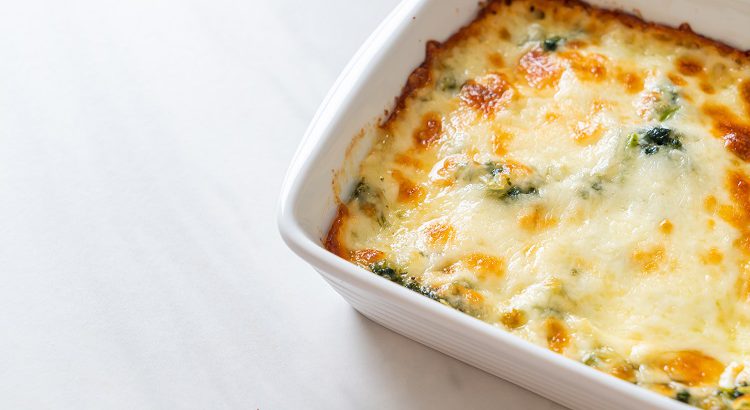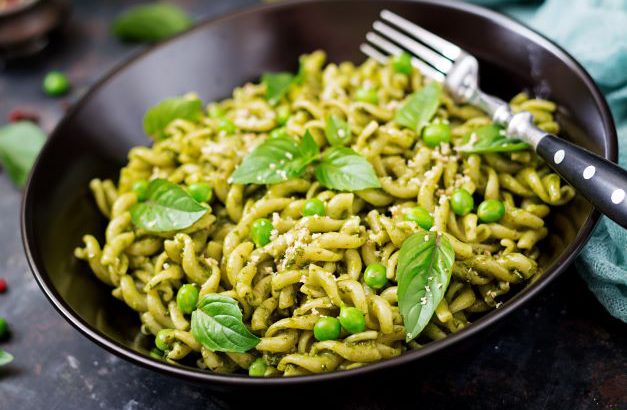Squash season is here! This is a great recipe that can help sneak in some additional vegetables onto the dinner plate, and you can substitute any winter squash in this recipe. Try it with pumpkin, acorn squash, honeynut, delicatas or really any mystery gourd at the farm stand. Side note: You can eat any winter squash, which is always my excuse to buy some fun gourds!
Winter squash is a great source of many vitamins and minerals but it’s a great source of beta carotene, which is a precursor to vitamin A. Winter squashes are also high in vitamin C, B6, magnesium and fiber. –Dana Mealing, RDN, LDN, CIEC, Tevis Center for Wellness community nutrition educator
